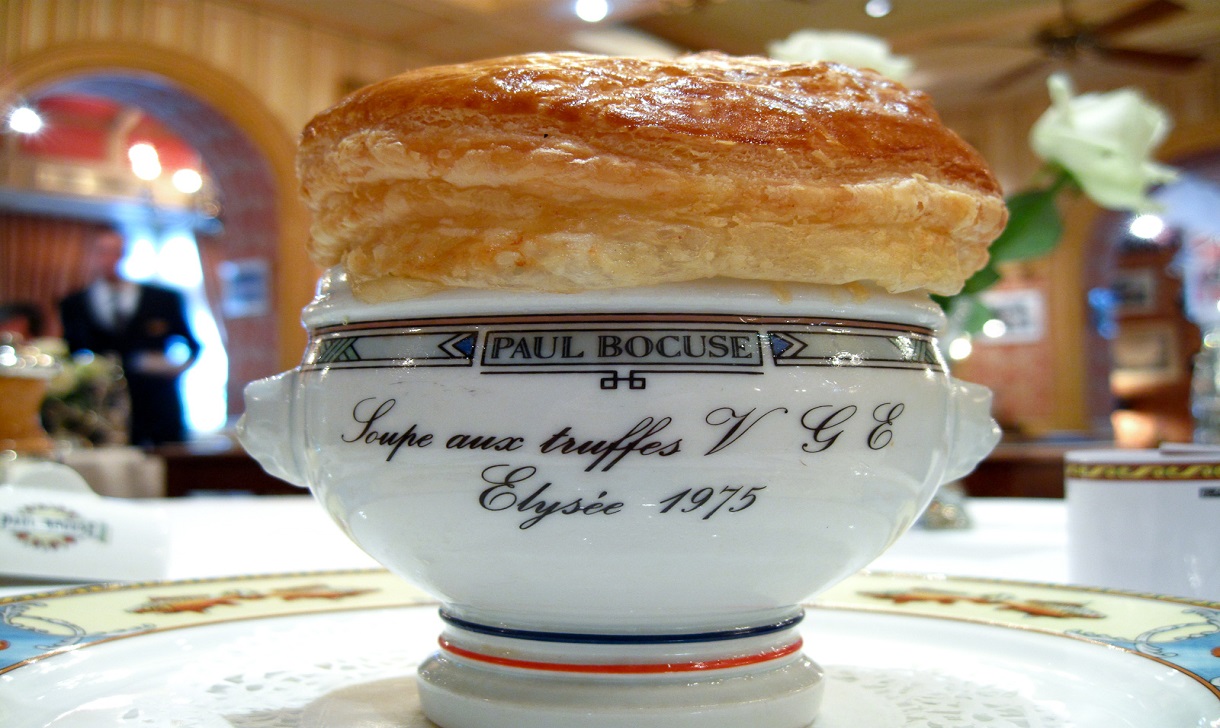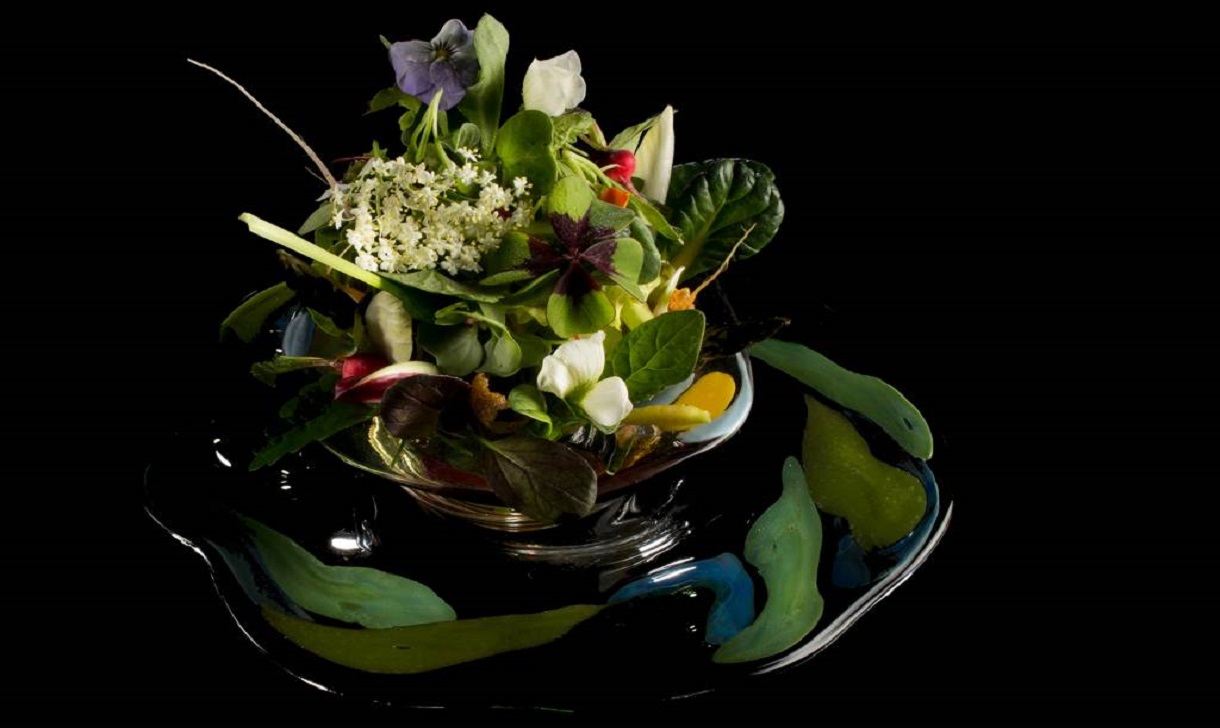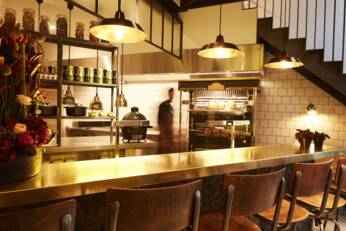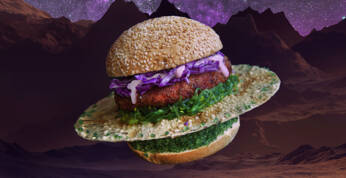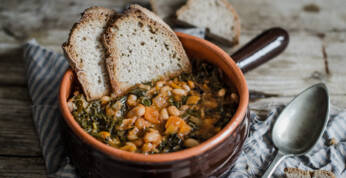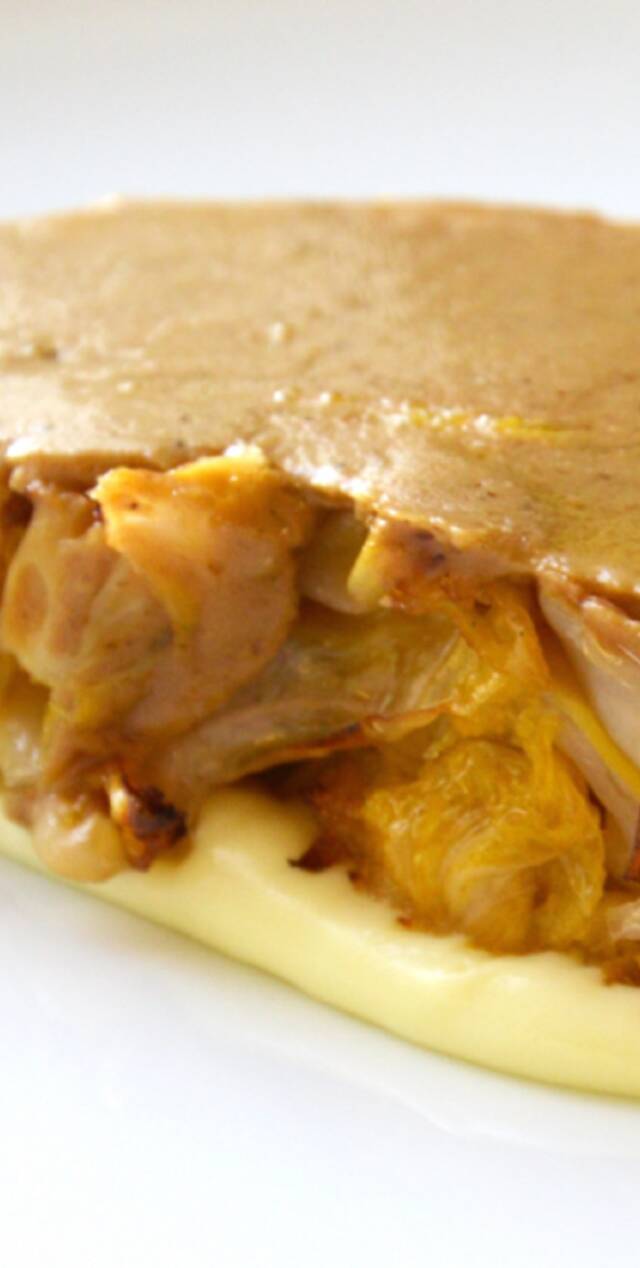
To each tribe, its own ingredients
Between hyper-healthy trends (and deviations), how do we operate the restaurant of the future?
Over the past 40 years, the relationship between food and health has changed radically. To get an idea, just take a phrase uttered in the seventies by Paul Bocuse, the embodiment of French cuisine: "If you want to be well, go to the doctor." Implied: "Do not come here to my restaurant." Today, no chef, maybe not even Bocuse himself, would dare express the same sentiment. You go to a restaurant to eat well, of course, this is a necessary condition, but it is one that is no longer sufficient, because if you do not feel well in the hours following the meal, it was just an exercise in style.
If we continue to think of the master chef of haute cuisine, who is now 91 years old, his most famous dish, conceived in 1975 and still on the menu at his restaurant Auberge du Pont de Collonges near Lyon, is the Truffle soup V.G.E., which bears the initials of the then French President Valérie Giscard d'Estaing, to whom the dish was originally dedicated. It has puff pastry on top of the soup, and beneath that you have a quarter liter of concentrated chicken broth, 20 grams of foie gras, truffles cooked in butter and cream to taste. It is a gluttonous dish with some weight, like other celebrated dishes by the chef: the filleted duck with foie gras and pistachio or the Bresse chicken fricassee with cream and morels, for example. All spectacular and delicious recipes, but with an exaggerated caloric range–definitely presentations that take no heed of the consequences they may have on the metabolism of the person who consumes them, and deaf to a principle expressed in France during those years from the 1973 manifesto of Nouvelle Cuisine: "We must abandon sauces that are too fat and heavy in favor of lighter solutions."
The signature dishes of the past decade show how the principle has since had a universal reach. Limiting ourselves to the Italian scene, we can think of David Scabin’s Tataki eggplant, of Enrico Crippa’s 21 31 41 salad (the numbers of ingredients according to the season), of Paolo Lopriore’s bread with butter and raspberry, or Niko Romito’s roast Savoy cabbage, a vegetable that is grilled, steamed, sautéed, emulsified, combined with anise brandy, roasted and fermented. These are solutions that intentionally place light vegetables at the heart of the dish, ingredients that have now been promoted from unexciting side dishes to the undisputed stars of the most popular tables of our time. Chefs exalt vegetables for many reasons. Their production is more sustainable (provided you don’t use junk in the fields), they don’t dirty the air we breathe (or the conscience of those who kill animals) and they reduce the risk of several cancers, which becomes higher if in place of the artichoke or turnip we use a cut of pork, goose, beef or veal, sheep or goat (this according to the World Health Organization, not some vegan sect).
Looking ahead, there is an even more disruptive impetus in the rise of veggie power: vegetables, tubers and fruits are something that all (or most) of the "food tribalism clans" of our time can agree on. The expression is from Campanian anthropologist Marino Niola in his book Homo Dieteticus: Viaggio nelle Tribù Alimentari. The basic thesis is that today, the well-known statement of the philosopher Ludwig Feuerbach, "Man is what he eats,” should be adjusted with a negation: "Man is what he DOES NOT eat” because, increasingly, a customer at the table is defined by their idiosyncrasies/intolerances/allergies more than by what they like to eat. "We have moved," explains Niola, "from the moral law to body mass index, a simulacrum of the absent god." And food generates tribes that, to feel better, inside and out, discard this or that. There are vegetarians and the subset of vegans, known to all. There are raw-foodists, that those who reject foods that have undergone cooking at greater than 43 °C or frozen at less than 1 °C, limits that require them to explore alternative techniques such as fermentation, drying processes, marinades, and pickling in brines and vinegars, all of which flies in the face of Bocuse, who once asserted that "A kitchen without fire is like a prostitute without an ass." And then there is the low-carb tribe, those that exclude all forms of carbohydrates from the diet, the gluten-free, who are not always those with celiac disease (a disease with serious effects), but those who, in the manner of tennis player Nole Djokovic, refuse to eat gluten because it would still make them unwell. There are even fruitarians, who eat only fruits that ripen and fall to the ground, and the Paleos, who eat only the foods available in the Stone Age, those for which the body should be programmed and that are therefore more digestible (in Berlin there is a restaurant called Sauvage that promises to bring you "back to the Stone Age").
Amidst all of this weeding out, which makes the pioneering warning of Nouvelle Cuisine seem naïve or insufficient, how do we operate the restaurant of the future? Treating people who sit at the table like lords who go to buy shoes, with no imposition, indeed allowing them to choose the model, color and size? That’s what has happened at Contraste restaurant in Milan; the maitre d comes to the table and doesn’t bring a menu, instead asking, "What did you really want to eat tonight?", trying to please you to the extent possible. It is an approach that generates the ire of the cooks on the line because everyone says unpredictably what they want, but after a grueling start, under the guidance of Uruguayan Matias Perdomo, commands of all kind are managed without problems.
A second approach that considers all of the change taking place, and one that is just as interesting, is from Paolo Lopriore, chef of the new Il Portico in Appiano Gentile (Como): the customer is invited to compose their dish to taste by drawing from the content of 7/8 plates that are brought to the table simultaneously in each course. Each tribe will choose the ingredient that they most prefer and avoid what is bad, that they are intolerant of or ideologically opposed to. These are the test cases for the future of the restaurant, which may lead to the scenario envisioned by David Scabin, the visionary chef of Combal.zero in Rivoli (Torino): “Before the meal they will ask for your culinary ID card or place a taste detector in your mouth. According to the result, they will compose your preferred menu.” Science fiction? Maybe, but often that is what anticipates the path of science.
Related Articles




